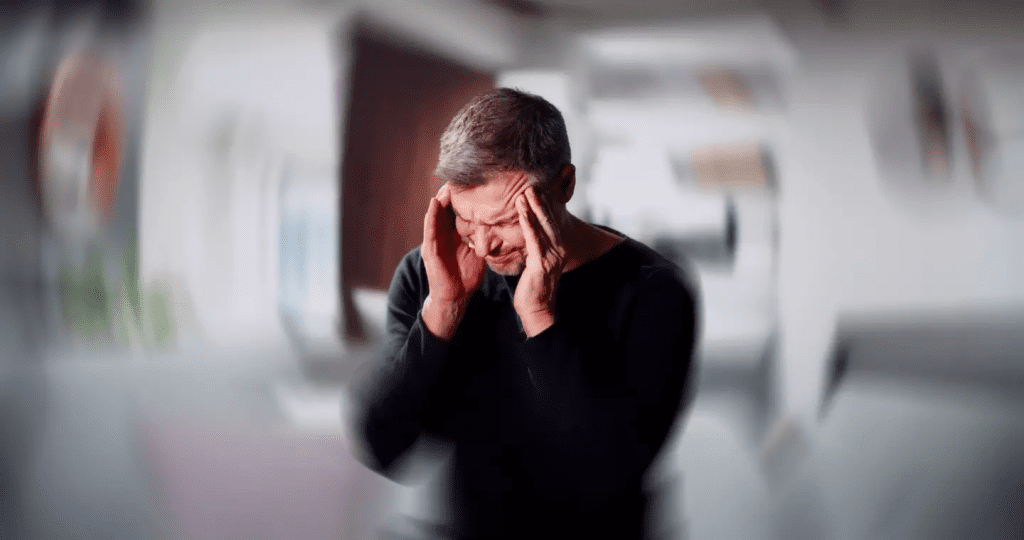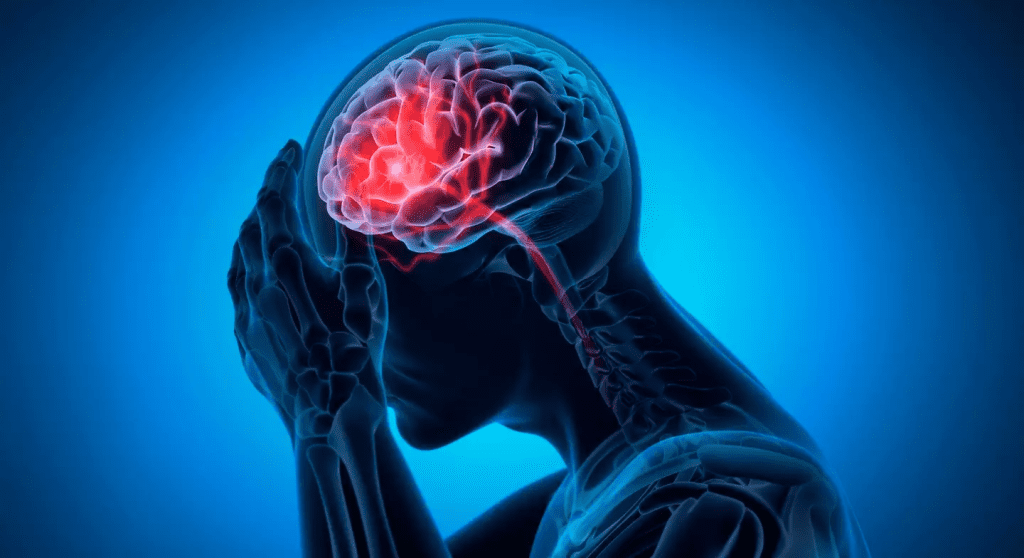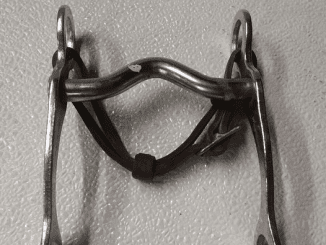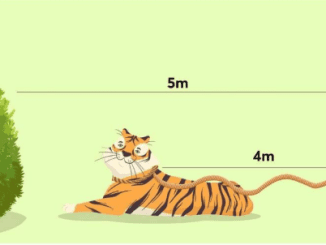Every five minutes, someone in the UK suffers from a stroke. It’s a medical emergency that can have life-altering consequences if not treated swiftly. Data from the Stroke Association reveals that 100,000 people experience strokes annually, and there are around 1.3 million stroke survivors in the UK today. While a stroke can affect anyone at any age, certain factors increase the risk, including age, ethnicity, and lifestyle. Knowing the warning signs and acting fast can make a significant difference.
Let’s explore the six critical symptoms that could indicate someone is having a stroke, and why getting help immediately is vital.

1. Trouble Speaking or Understanding Speech
One of the most recognizable signs of a stroke is difficulty with speech. This symptom occurs when the brain’s language centers are affected, disrupting communication pathways and making it challenging for the person to speak clearly or comprehend what others are saying.
A person experiencing this symptom might:
- Slur their speech
- Struggle to form words
- Have trouble understanding simple instructions
If someone suddenly starts speaking incoherently or has difficulty finding the right words, it could be a sign of a stroke. Don’t dismiss it as simple confusion—seek medical help immediately.
2. Sudden and Severe Headache
A severe headache, especially one that comes on suddenly and feels unlike any previous headache, is often linked to hemorrhagic strokes. Hemorrhagic strokes occur when there is bleeding in the brain, which increases pressure inside the skull and can lead to excruciating pain.
This type of headache may:
- Appear suddenly and intensely
- Be accompanied by nausea or vomiting
- Be localized to one side of the head
Such headaches are more than just migraines or tension headaches; they are sudden, debilitating, and can signal a life-threatening condition. If a person experiences this type of headache without any known cause, it’s essential to get medical help immediately.
3. Numbness or Weakness on One Side of the Body
Sudden numbness or weakness, typically on one side of the body, is another common indicator of a stroke. When a stroke disrupts blood flow to the parts of the brain responsible for muscle control, it can stop signals from reaching certain body parts.
A person experiencing this symptom might:
- Lose the ability to grip objects
- Find it difficult to lift one arm or leg
- Experience a sensation of numbness on one side of their face
This symptom often appears as sudden weakness or paralysis in the limbs or face, making it difficult to perform simple actions like lifting an arm. If you notice someone unable to raise both arms evenly or if one side of their face droops, don’t wait—call emergency services.
4. Vision Problems

A stroke can impact the brain’s visual pathways, leading to sudden vision issues. If someone experiences abrupt changes in their sight, it could be a warning sign of a stroke affecting the visual processing areas.
Common vision problems during a stroke include:
- Blurred or double vision
- Partial or complete loss of vision in one or both eyes
- Sudden difficulty focusing or identifying objects
A person having a stroke may not realize they’re experiencing vision problems, so if you notice them struggling with sight or if they seem disoriented visually, it’s important to act quickly.
5. Difficulty Walking or Sudden Loss of Coordination
Strokes can impair movement and coordination, making it difficult for someone to walk or maintain their balance. This symptom might present itself as a stumbling or unsteady gait, even if they’re usually quite agile.
Signs of difficulty walking include:
- Trouble maintaining balance
- Staggering or veering to one side
- Difficulty moving one or both legs
This symptom occurs when a stroke affects parts of the brain that control leg movement or balance. If someone suddenly loses coordination or can’t seem to walk properly, it could indicate a stroke. Urgent medical intervention is necessary to minimize the risk of long-term mobility issues.
6. Dizziness or Loss of Balance

Dizziness, vertigo, or a sudden sense of spinning can signal a stroke, particularly when the parts of the brain responsible for balance and coordination are affected. This sensation is more severe than ordinary dizziness and can cause the person to feel as though the room is spinning uncontrollably.
Common signs include:
- A sudden feeling of lightheadedness or spinning
- Loss of balance or coordination
- Feeling faint or unable to stand without support
If dizziness is accompanied by any other stroke symptoms, it’s a clear warning to seek help immediately. Acting fast can be crucial in reducing the potential impact of the stroke.
Why Immediate Action Is Essential During a Stroke
A stroke is a medical emergency that requires immediate action. The faster a person receives medical attention, the better their chances of minimizing long-term effects. In the event of a stroke, every second counts—brain cells begin to die when deprived of oxygen-rich blood, so prompt intervention can significantly reduce the damage.
Dr. Branimir Nevajda, a consultant in neurology and stroke medicine, emphasizes the importance of acting quickly. “Seek immediate medical attention if you notice any symptoms of a stroke, even if they seem to come and go or they disappear completely,” he advises.
What You Can Do in a Stroke Emergency
Recognizing the signs is just the first step. Knowing how to respond can make a crucial difference in a stroke situation. Here’s what to do if you suspect someone is experiencing a stroke:
- Call Emergency Services: Don’t hesitate to call for help. Time is critical, so getting medical professionals on the scene quickly can save lives.
- Use the FAST Test: To quickly assess if someone may be having a stroke, remember the acronym FAST:
- Face: Ask the person to smile. Check if one side droops.
- Arms: Ask them to raise both arms. See if one drifts downwards.
- Speech: Ask them to repeat a simple sentence. Listen for slurred or strange speech.
- Time: If you observe any of these signs, it’s time to call emergency services immediately.
- Stay Calm and Offer Comfort: Reassure the person while waiting for help. Avoid giving them food, drink, or medication.
Conclusion: Recognizing Stroke Symptoms Can Save Lives
Being aware of the symptoms of a stroke can truly make the difference between life and death, or between a full recovery and long-term impairment. Whether it’s trouble speaking, a sudden severe headache, or difficulty walking, recognizing these signs and acting quickly is essential. Strokes can happen to anyone, regardless of age, so learning the warning signs is a vital step in protecting your loved ones and yourself. Remember, when it comes to a stroke, time is brain—every second saved is a step toward recovery.


